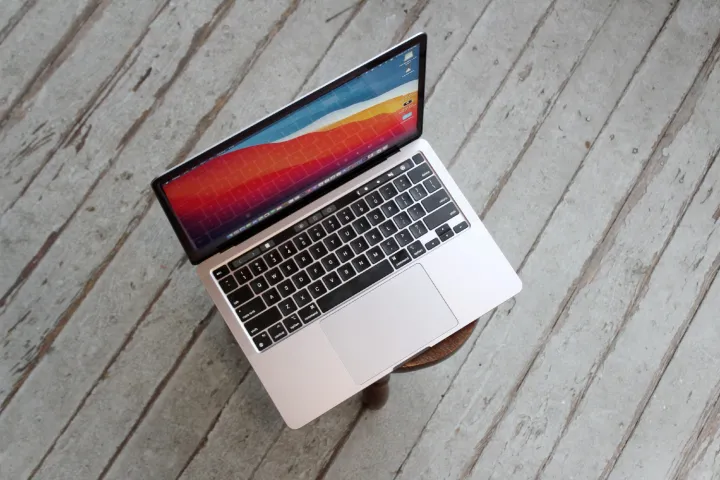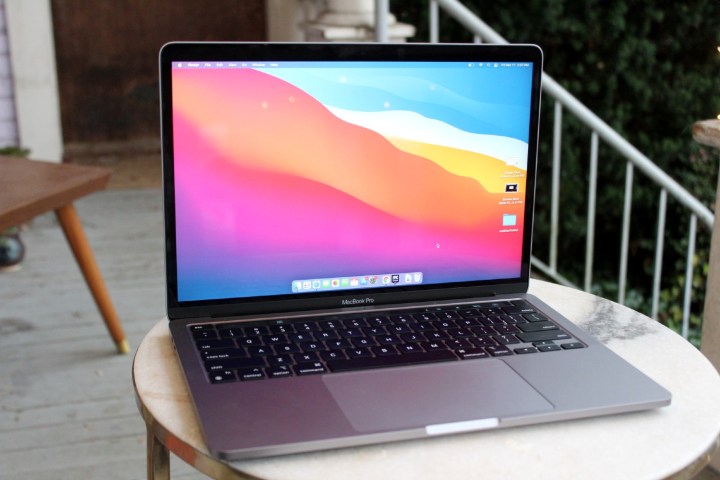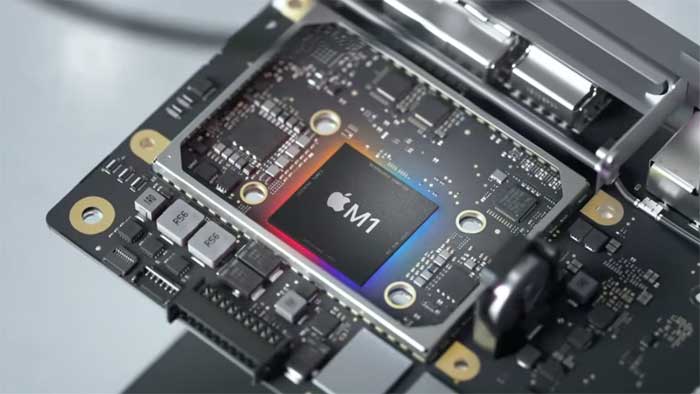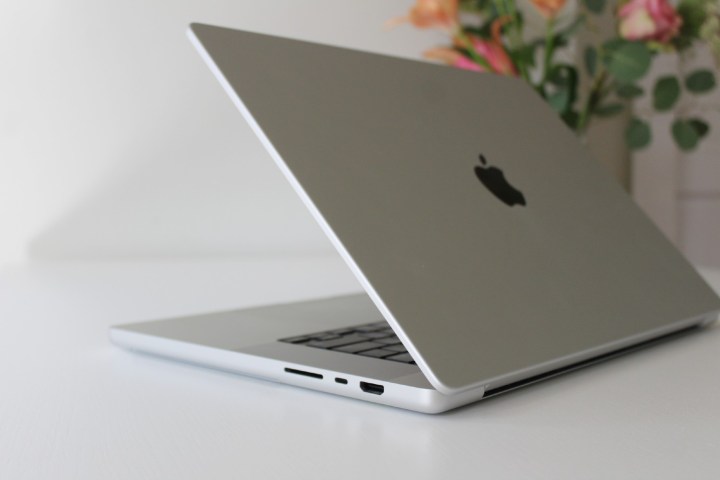The MacBook Pro 13 was one of the first devices to be outfitted with an Apple Silicon chip, originally in 2020. Now it’s due for an upgrade, and rumors indicate this update could come sooner rather than later.
But what can we expect from this new entry-level MacBook Pro? What will it look like, how much will it cost, and what features will it boast? We’ve got all those answers and more in our MacBook Pro 13 rumor roundup — so let’s dive in.
Price and release date

We’ve had to wait since late 2020 for updates to Apple’s most affordable MacBook Pro, and it now looks certain that updates are coming this year. Numerous outlets and leakers have said the product is on Apple’s 2022 roadmap, and that makes sense, seeing as the 13-inch MacBook Pro is usually updated every one or two years.
Unfortunately, it didn’t make an appearance at Apple’s Peek Performance event on March 8, 2022. MacRumors had claimed to have heard from a previously reliable source that stated the device will be unveiled at the event. Instead, the event focused on the new M1 Ultra chip, as well as new products like the Mac Studio and Studio Display.
But enough about the release date — what about the price? The current MacBook Pro 13 starts at $1,299, and Apple might keep that the same. However, we wouldn’t be surprised to see prices begin at $1,399 or even $1,499. The MacBook Pro 14 and MacBook Pro 16 both saw small price increases when they launched in 2021, so the MacBook Pro 13 might not escape a similar price rise.
Design: Don’t expect many changes

There is a school of thought that Apple will update the MacBook Pro 13’s design to bring it in line with the MacBook Pro 14 and MacBook Pro 16. That means a notch and thinner bezels on the screen, a more rounded chassis, and the ditching of the Touch Bar.
However, we think that’s unlikely. All those changes cost Apple money to implement (not to mention recouping the cost of research). The MacBook Pro 13 is meant to be an entry-level device, and in the current global situation, Apple is unlikely to want added costs. If it’s going to keep the costs down, chances are those changes will have to wait.
That line of thinking got a boost from an anonymous source who spoke to MacRumors. According to this source, the MacBook Pro 13 will retain the same design as its 2020 edition, including the Touch Bar, with the only major change coming in the form of an M2 chip.
Reporter Mark Gurman has largely agreed with that analysis. However, he believes Apple might find a way to drop the Touch Bar once and for all. This would certainly make sense, as the MacBook Pro 13 is currently the only device to bear this feature, and removing it would bring the laptop in line with Apple’s other portable Macs. However, it doesn’t gel with the idea that no external changes are coming. We will have to see who is correct.
Performance: The M2?

If the MacBook Pro 13’s outward appearance is going to stay largely the same, what can we expect to change elsewhere? Well, performance is one key area where things are likely to improve.
Right now, the MacBook Pro 13 is running Apple’s M1 chip from 2020. It’s highly unlikely Apple is going to furnish the next edition with an M1 Pro or M1 Max, as these are high-end chips for high-performance devices. But equally the company cannot keep its entry-level MacBook Pro on the same chip for another few years. That means there’s only one option left: The M2 chip.
This is the next-generation version of the M1. Few details are known at this stage, although reporter Mark Gurman has shared a few of his own expectations. He believes the M2 will keep the same number of CPU cores as the M1 (eight) but split them more towards performance. The M1 currently has four high-efficiency cores and four high-performance cores, but the M2 could alter that balance, perhaps with two of the former and six of the latter.
Gurman also expects the GPU core count to increase, with 10 GPU cores in the M2 instead of the seven or eight (depending on the model) in the M1. That should mean better performance when you render videos and play Mac games.
Together, those are not enormous changes, and estimated M2 benchmarks back up that idea. But the aforementioned improvements should give the entry-level MacBook Pro a bit of extra spring in its step for the next few years.
Elsewhere, keep an eye out for mention of Ultra Wideband technology or Apple’s U1 chip. In January, 9to5Mac noticed references to the tech in the MacOS Monterey 12.3 beta, suggesting it could come to the Mac in the near future.
This Ultra Wideband technology in the U1 chip improves a device’s spatial awareness and allows its host device to better communicate with other U1 products. That means better AirDrop speeds, for example. While it has not yet come to any iPad model, a new iPad Air is rumored for Apple’s March event — could the U1 appear in both the iPad Air and the MacBook Pro at the show? We’ll have to wait and see.
Ports, display, and other features

After an absence of several years, the 14-inch and 16-inch MacBook Pros came with a few welcome additions: MagSafe, HDMI, and an SD card reader. Could the MacBook Pro 13 follow suit?
We hope so, but we don’t have high hopes. As we outlined in the design section, it makes sense for Apple to stick with the existing chassis for this device, which sadly only sports USB-C slots. We’d love to be surprised, though.
What about the display? We have to remember that the MacBook Pro 13 is positioned as an entry-level device, so it will probably miss out on some of the more exciting features its high-end siblings possess. MacRumors’ source, for instance, says it will go without the notch, and with no notch, we can’t expect thinner bezels either. Mark Gurman, meanwhile, says it will lack the ProMotion and Mini-LED display of the MacBook Pro 14 and MacBook Pro 16. That’s a shame, but not unexpected.
Speaking of displays, the addition of the M2 chip could mean the MacBook Pro 13 has better support for external monitors. The M1 chip only supports one external display at a time, while the M1 Pro and M1 Max support two and three extra displays, respectively. We’re hoping that the M2 at least matches the M1 Pro in this regard, as the current situation isn’t really enough for any device billed as being pro-level.
Editors' Recommendations
- Best refurbished MacBook deals: Get a MacBook Air for $140 and more
- Best laptop deals: Save on the Dell XPS 14, MacBook Pro 16 and more
- Why Samsung’s answer to the MacBook Pro can’t quite compete
- The best MacBook to buy in 2024
- iPad Pro M4 vs. MacBook Air M3: a harder choice than ever



